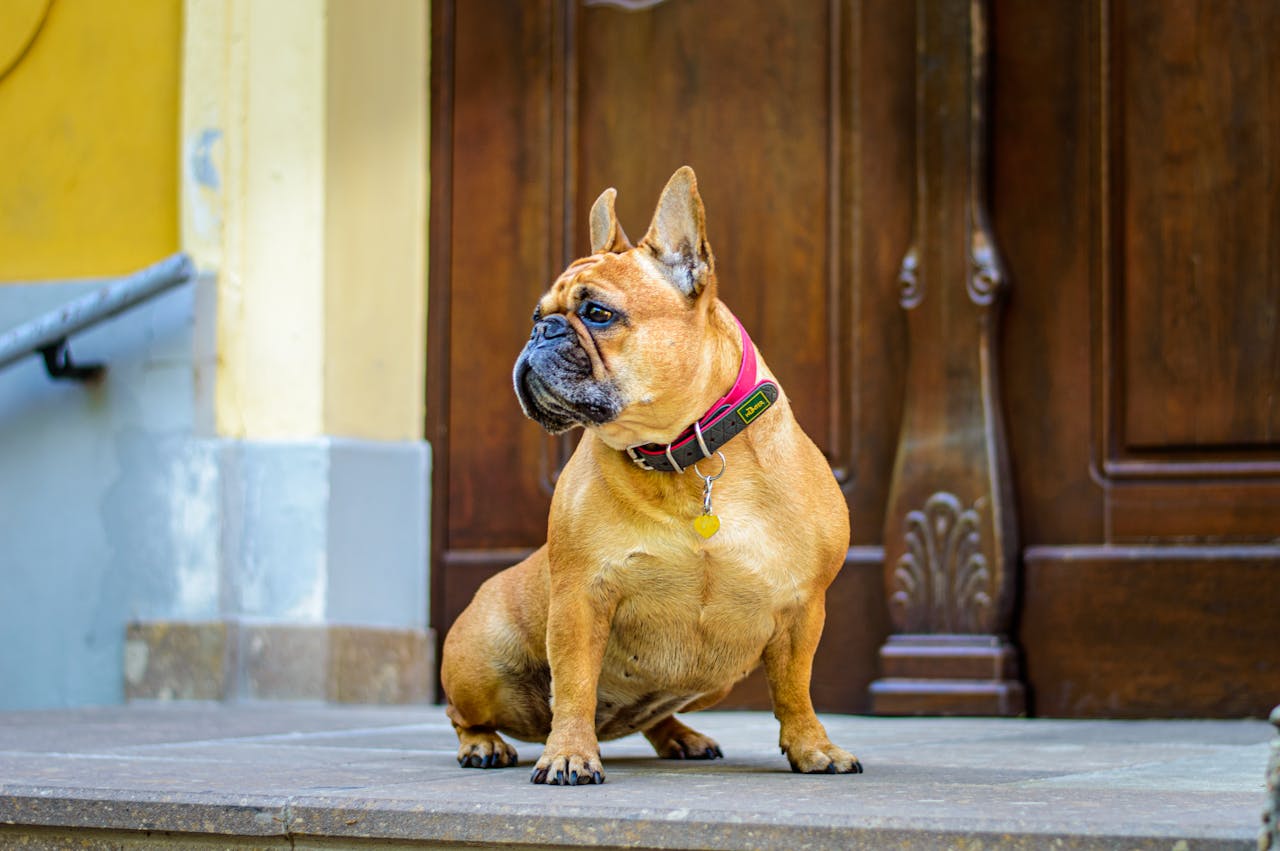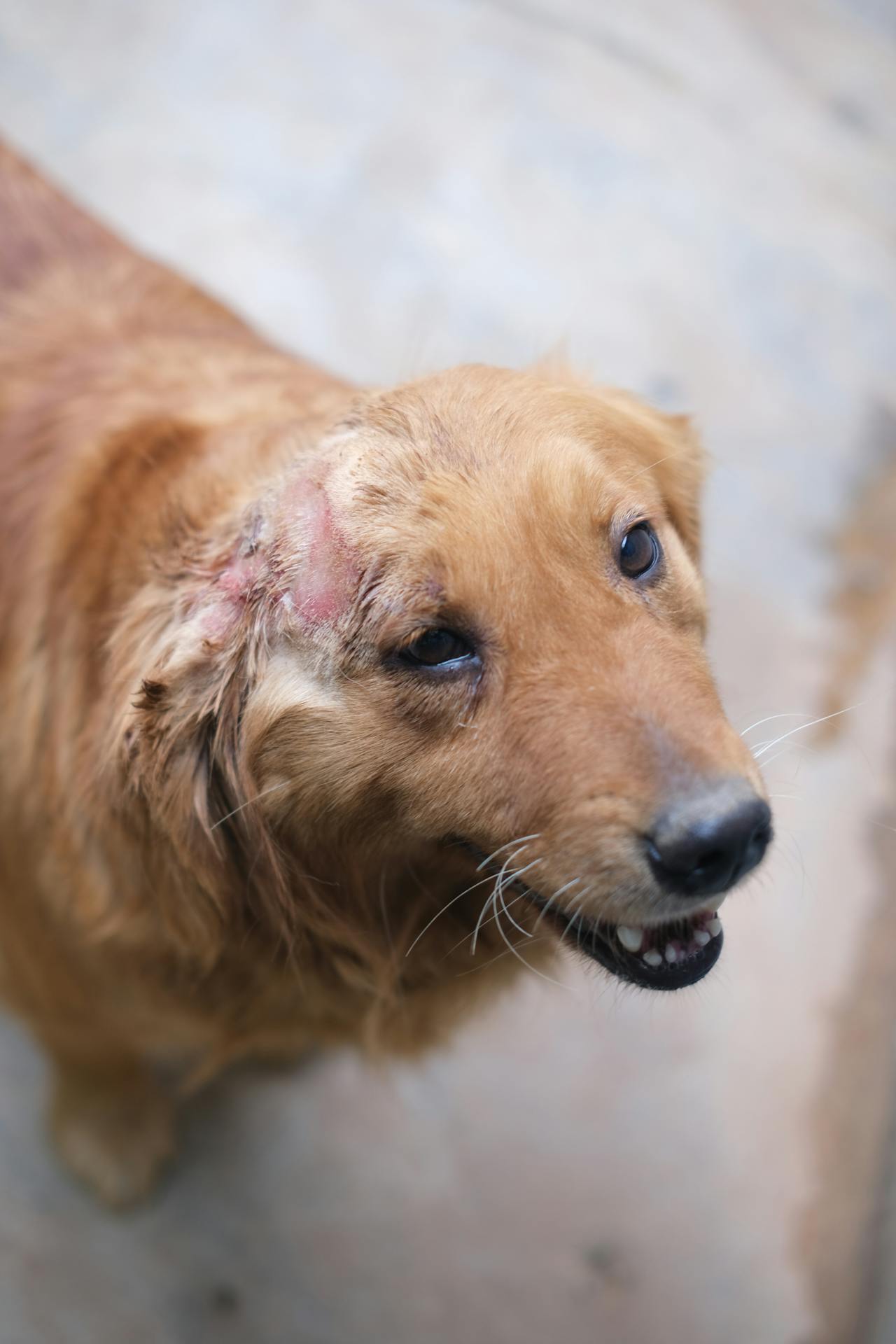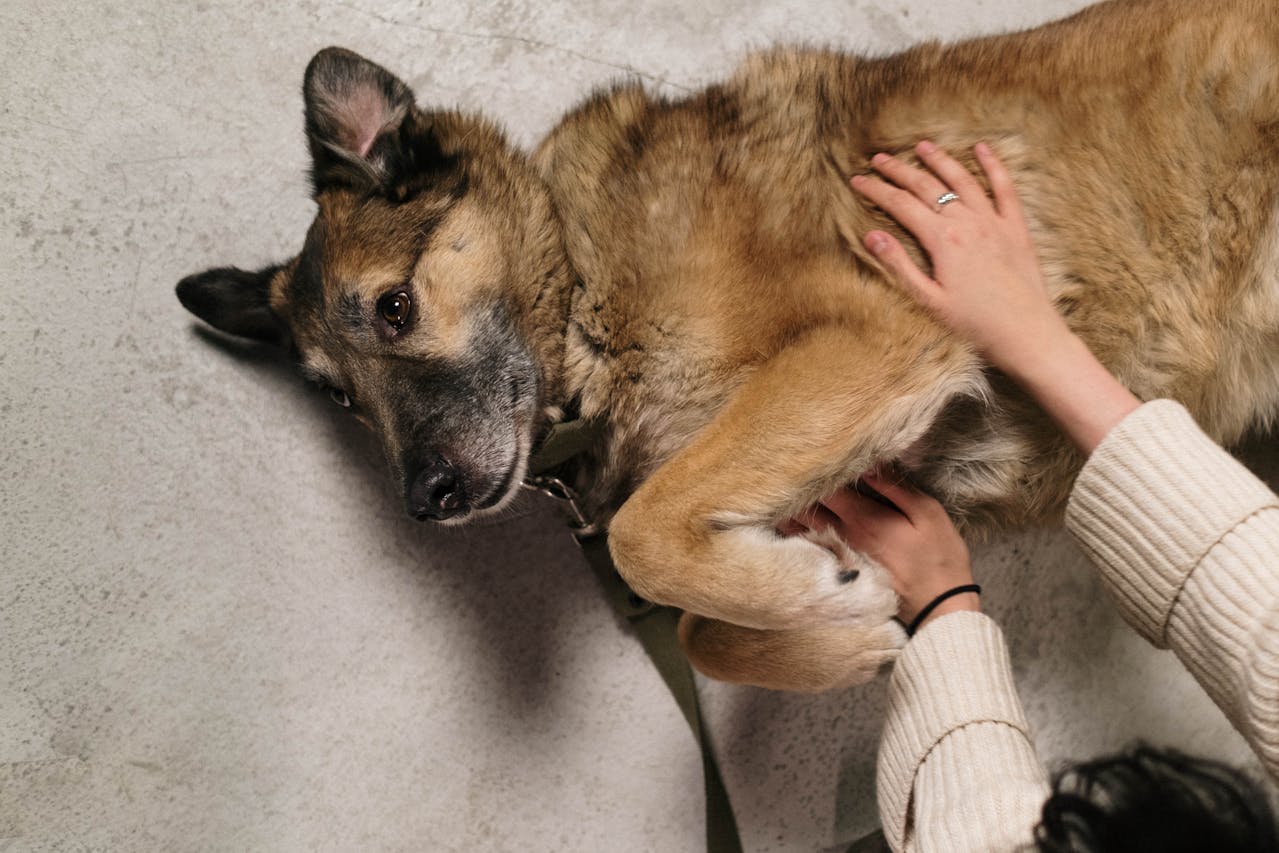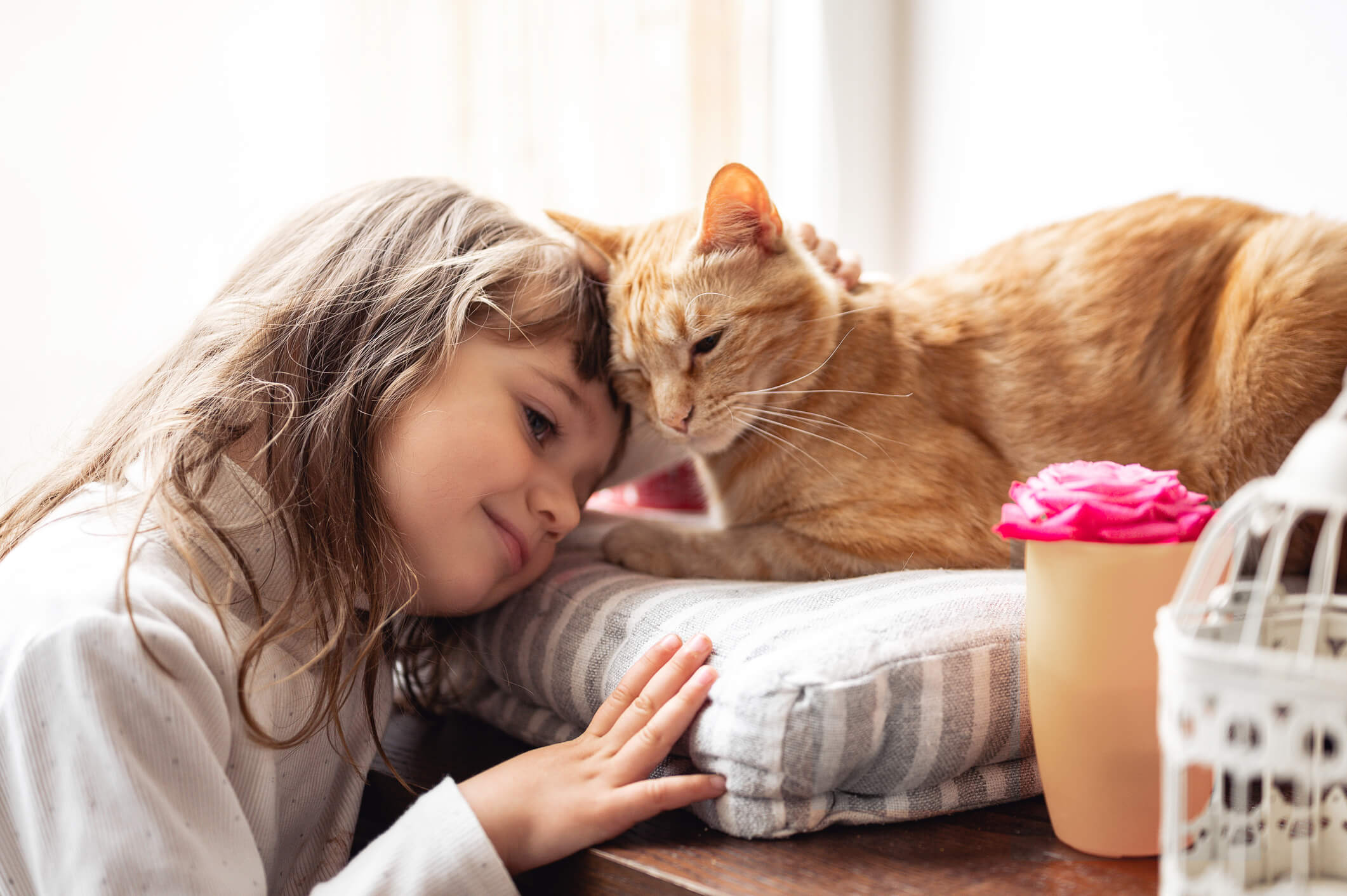Understanding Progressive Retinal Atrophy (PRA) in Pets

Unlike the slow vision loss that happens with aging, PRA causes a more rapid decline over months or years. Initially, affected pets may struggle to see in low light or at night, becoming hesitant to go outside in the dark or walk through dimly lit areas. They may also have difficulty with stairs or other obstacles.
In the early stages, these symptoms are subtle, but over time, pets lose their vision entirely, even during the day. PRA can begin as early as 8 weeks in some pets, though in others it might not show up until they are several years old.
What Causes PRA?
The retina at the back of the eye contains two types of receptors: rods, which detect light, and cones, which detect color. In most pets, these receptors fully develop by around 12 weeks of age. In some animals, however, these receptors don’t mature properly, and they begin to deteriorate early, which leads to PRA.
Typically, the rods degenerate first, causing night blindness. The exact cause of this degeneration is still unclear, but some researchers believe it might be due to faulty enzymes or proteins. PRA is genetic, meaning it’s inherited, and while many dog breeds are affected, cats and mixed-breed pets can also develop PRA.
Some breeds that are known to be at risk include Poodles, Cocker Spaniels, Dachshunds, Akitas, and Abyssinian cats, but PRA can affect any breed.
How Can I Tell if My Pet Has PRA?
If you notice your pet is having trouble seeing, it's important to consult your vet. Blindness can result from various conditions, including high blood pressure, neurological issues, liver disease, cataracts, and retinal disorders. A thorough examination by a veterinarian will help determine if PRA is the cause. In some cases, early intervention may reverse blindness, but only if the underlying issue is identified quickly.
Your vet may conduct eye exams, lab tests, or even blood pressure checks to rule out other causes of vision loss. If necessary, a veterinary ophthalmologist may perform advanced tests to confirm a diagnosis of PRA.
Can PRA Be Treated?
Unfortunately, there is no cure for PRA. But the good news is that pets with PRA can still live happy, healthy lives. As pet owners, it’s important to understand that your pet is blind and to make some adjustments at home to help them navigate their environment.
Using verbal cues to guide them, avoiding changes to the layout of your home, and walking the same routes during walks can all help your pet adjust. For example, keeping food bowls and furniture in consistent places can make a huge difference in their comfort and confidence.
Even though PRA can be tough for pets and their owners, with a little care and understanding, blind pets can still enjoy a good quality of life.
Get insurance plans with wide-ranging coverage options













